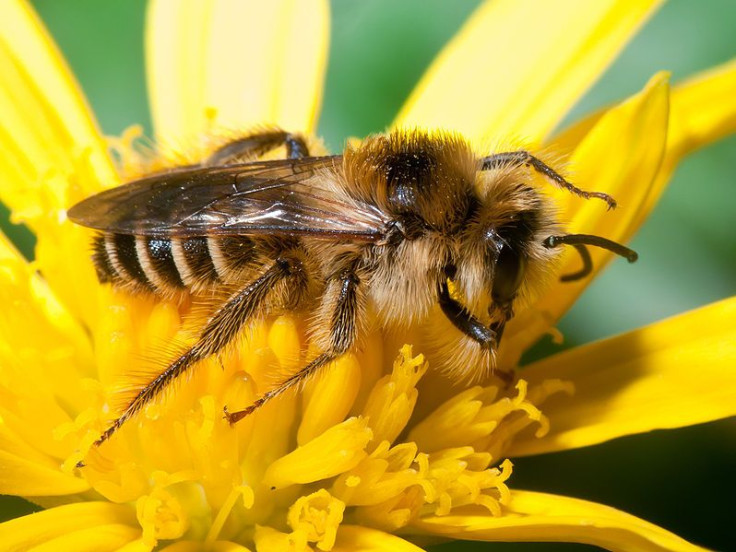Bee Kill-Off In Oregon: Officials Confirm Bee Deaths Result Of Insecticide 'Safari'

When 25,000 bumblebees were found dead in a Target parking lot in Oregon last week, finding out the cause of their deaths became top priority. While most people never really think about how important bees are to humans, they are the most important pollinators in many states which makes them responsible for a large portion of our food supply.
"We immediately contacted the Oregon Department of Agriculture (ODA) and asked them to test the bees for pesticide poisoning," said Mace Vaughan of Xerces Society for Invertebrate Conservation. "To our knowledge, this incident is the largest mass poisoning of bumble bees ever documented, and thankfully ODA is taking the issue very seriously."
Reports Friday were reluctant to name pesticides and insecticides as the cause of the bees' deaths, but Xerces confirmed that the bees' deaths were due to the application of an insecticide called Dinotefuran, which is better known by its trade name "safari." According to the Environmental Protection Agency (EPA), safari is used to control pests like lacebugs, sawflies, cockroaches and leafhoppers to name a few. The insecticide can come in a soluble concentrate, bait, gel or ready-to-use spray. Safari has been linked to bee deaths in recent years.
ODA investigators learned that safari had been applied by a landscaping company in the area. The Dept. confirmed that the bee deaths are directly related to a pesticide application to trees in the area on June 15 to control aphids. Aphids are small insects that suck the sap from plants. Farmers and gardeners dislike the tiny pests because they damage cultivated crops. ODA officials also said that aphids secrete a sticky residue that can be a nuisance to parked cars.
Now that scientists know the cause, they worry that the trees may still be toxic next year, causing many more bee deaths - an event that could have a direct effect on public health. About "one mouthful in three in our diet directly or indirectly benefits from honey bee population," according to the USDA.
"Beyond the fact that a pesticide was applied to plants while they were attracting large numbers of bees, in this case the pesticide was applied for purely cosmetic reason," Scott Black, executive director of the Xerces Society. "There was no threat to human health or the protection of farm crops that even factored into this decision."



























